Introduction
The Role of TDS in Evaporation Efficiency
Iterations of ZLD Systems
1. SWRO + Evaporation
Seawater Reverse Osmosis (SWRO) is an effective method for desalinating seawater, significantly reducing TDS levels before the evaporation stage.
Combining SWRO with evaporation can optimize the ZLD process by minimizing the energy required for evaporation.
• Process Flow: Seawater → SWRO → Reduced TDS Brine → Evaporation (MVR/MEE)
• Benefits:
• Lower energy consumption in the evaporation stage.
• Reduced operational costs.
• Enhanced overall efficiency of the ZLD system.
2. HPRO like DTRO + Evaporation
High-Pressure Reverse Osmosis (HPRO) systems, such as Disc Tube Reverse Osmosis (DTRO), are designed to handle high TDS levels, making them ideal for
pre-treating industrial wastewater before evaporation.
• Process Flow: Industrial Wastewater → Stage 1 RO + Stage 2 RO + HPRO/DTRO → Lower TDS Brine → Evaporation (MVR/MEE)
• Benefits:
• Effective reduction of high TDS levels.
• Increased efficiency of subsequent evaporation processes.
• Cost savings due to lower energy requirements.
3. UF (Ultrafiltration) + Stage 1 RO + Stage 2 + SWRO + Evaporation
Combining Ultrafiltration (UF) with SWRO provides an additional pre-treatment step, ensuring that larger particles and macromolecules are removed before the
SWRO process. This further reduces the TDS levels and enhances the efficiency of the entire ZLD system.
• Process Flow: Industrial Wastewater → UF → Stage 1 RO → Stage 2 RO →SWRO → Reduced TDS Brine → Evaporation (MVR/MEE)
• Benefits:
• Improved water quality entering the SWRO stage.
• Enhanced performance and lifespan of SWRO membranes.
• Lower energy and operational costs in the evaporation stage.
4. MF (Microfiltration) + NF (Nanofiltration) + HPRO + Evaporation
Microfiltration (MF) and Nanofiltration (NF) serves as an excellent pre-treatment for HPRO systems, removing divalent ions and larger solutes from the wastewater.
This iteration is particularly effective for complex industrial effluents with high TDS and other contaminants.
• Process Flow: Industrial Wastewater → MF → NF → HPRO → Lower TDS Brine → Evaporation (MVR/MEE)
• Benefits:
• Effective reduction of specific contaminants and TDS.
• Enhanced efficiency of HPRO and subsequent evaporation processes.
• Optimized energy consumption and operational costs.
5. Enhancing MVR and MEE Efficiency with Membrane Solutions
Membrane solutions can significantly enhance the efficiency of Mechanical Vapor Recompression (MVR) and Multi-Effect Evaporators (MEE) by pre-treating the feed water to reduce TDS levels. Here’s how:
1. Energy Savings: Pre-treating the feed water with membranes reduces the TDS concentration, which in turn lowers the energy required for evaporation. This leads to substantial energy savings and lower operational costs.
2. Improved Performance:
Lower TDS levels reduce scaling and fouling in the evaporators, enhancing their performance and extending their operational lifespan. This results in fewer maintenance requirements and reduced downtime.
3. Increased Throughput: Membrane solutions allow for higher throughput by reducing the burden on the evaporation stage. This increases the overall capacity and efficiency of the ZLD system
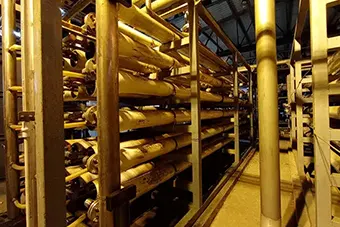
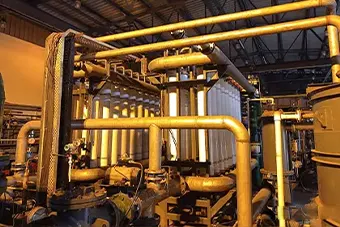
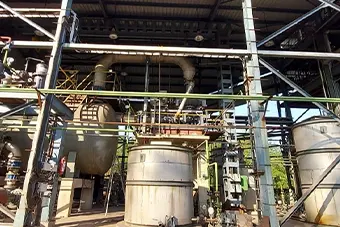
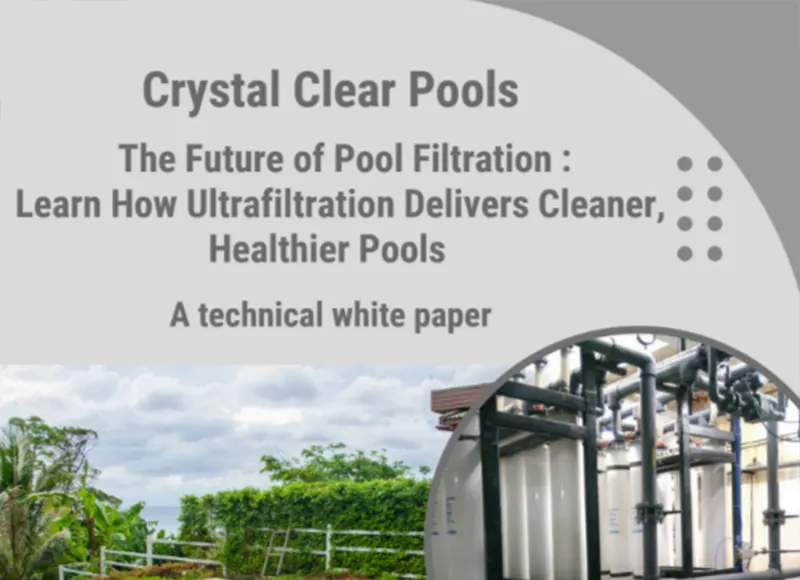
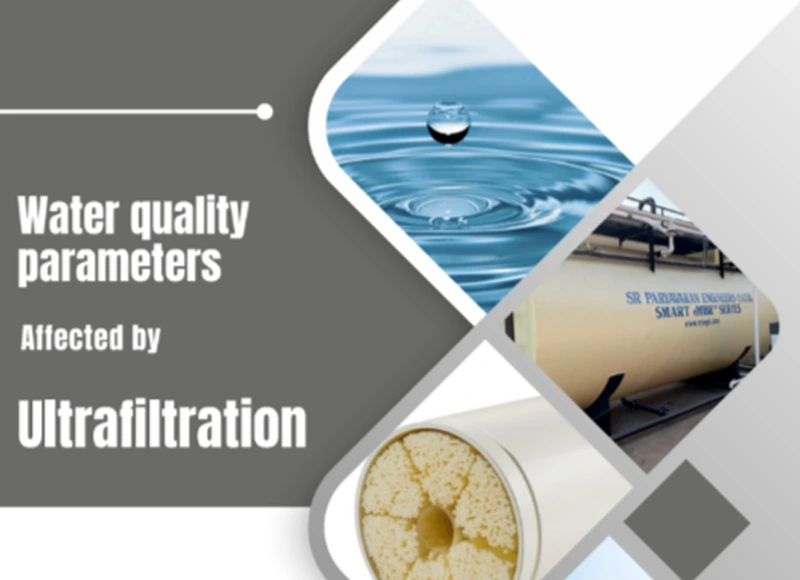
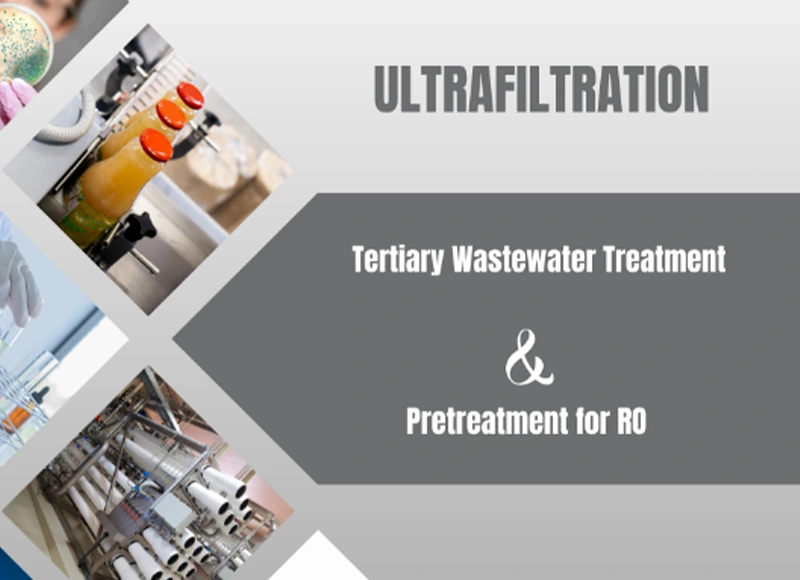
 Linkedin
Linkedin 